As global interest in wellness and holistic care continues to surge, an unlikely destination is quietly becoming a beacon for cross-border healing: the Heihe Hospital of Traditional Chinese Medicine (TCM) in Northeast China’s Heilongjiang Province. Just a short journey from Russia’s Blagoveshchensk across the Amur River, the city of Heihe is welcoming a growing number of Russian patients eager to explore the ancient wisdom of TCM – a form of healthcare that combines millennia-old practices with modern accessibility.
What began as curiosity has blossomed into a thriving cross-border medical trend. Russians are now journeying to Heihe not only to alleviate chronic pain or seek alternative treatments for conditions like arthritis and stroke, but increasingly, to pursue wellness and balance in their daily lives. The cultural and clinical exchange unfolding in this modest border city reflects broader transformations in global healthcare tourism – and underscores how TCM is gaining newfound relevance outside China.
Inside Heihe Hospital’s therapy rooms, the scent of burning mugwort mingles with soft murmurs in Russian. Patients like Sergei, a 56-year-old from Blagoveshchensk, undergo treatments such as spinal adjustments and tuina massage with visible enthusiasm. “It’s like resetting my body”, he declared after one session, clearly moved by both the relief and the ritual of the therapy.
For Sergei and many others, the hospital offers more than just physical relief. It’s a cultural bridge—an immersive experience that introduces them to concepts such as “qi,” energy meridians, and balance between the body’s internal systems. Russian-language posters line the hospital walls, explaining gentle TCM exercises like Baduanjin, while bilingual staff help demystify concepts like “liver qi stagnation” or “dampness”.
According to Han Bing, deputy secretary of the hospital’s Party branch, the number of Russian patients has grown significantly over the past decade. “In 2024 alone, we treated more than 600 Russian patients with TCM techniques – acupuncture, cupping, herbal remedies,” she said. “It’s no longer just about pain relief. Many come seeking prevention, energy balance, and overall wellness”.
The ailments most commonly treated among Russian patients reflect the climate and lifestyle in the region. Persistent cold, damp conditions often lead to rheumatism, joint pain, and stroke-related complications. Women in colder areas, who often wear warm coats but expose their legs to the cold, are particularly prone to arthritis, Han noted.
In response to this rising demand, the hospital launched an International Medical Department in 2024, providing Russian-language services and full-time interpreters to ensure a smooth experience. Importantly, pricing remains equitable: consultation fees are uniform for domestic and international patients, and interpretation services are free.
Central to this success is trust – built one patient at a time. “Once a Russian patient feels the benefits, they return with their entire family”, Han said. “It’s a snowball effect”.
Dou Manyou, the hospital’s publicity chief and fluent Russian speaker, is one of the pillars supporting this trust. He helps translate complex TCM terminology into relatable language, often using metaphors and diagrams to explain energy blockages or the role of organs in emotional health. “Explaining TCM is like translating two philosophies”, Dou said. “It’s more than language – it’s about aligning worldviews”.
One memorable example is 14-year-old Sosiya Valeryevna from Belogorsk, who arrived at the hospital for post-stroke rehabilitation. After only three days of tuina therapy, her mother saw marked improvement. Inspired by past experiences – her own mother had once cured migraines through TCM – she didn’t hesitate to cross the border for her daughter’s care.
Heihe’s TCM movement isn’t confined to the hospital. Outreach programs have extended its reach deeper into Russia. Free clinics in cities like Blagoveshchensk have drawn large crowds, introducing locals to treatments like guasha (scraping), ear acupressure, and moxibustion. A TCM experience center established in Yuzhno-Sakhalinsk offers services such as massage and personalized herbal therapies, provided by trained Chinese practitioners sent directly from Heihe.
Digital tools and portable medicine formats have further expanded access. Russians now carry home granulated herbal powders, or consult remotely through telemedicine services that use pulse-diagnosis devices to monitor progress after returning to Russia.
This cross-border healing phenomenon reflects a broader shift in how the world perceives traditional medicine. According to data cited by Xinhua, TCM is now practiced or recognized in 196 countries and regions, with over one-third of the global population having received some form of TCM treatment.
China’s growing collaboration with the World Health Organization (WHO) underscores its commitment to integrating traditional medicine into global healthcare frameworks. TCM has been included in the WHO’s 11th revision of the International Classification of Diseases, while the Belt and Road Initiative has facilitated the establishment of more than 30 overseas TCM centers through bilateral agreements.
“Traditional medicine plays a vital role in advancing universal health coverage,” said Martin Taylor, WHO’s representative in China. “TCM brings valuable experience to the global health table”.
As dusk settles over the Heilongjiang River – the natural divide and connection between Heihe and Blagoveshchensk—Sergei emerges from the hospital, a satchel of herbal teas in hand. “In Russia, we have pharmacies”, he muses. “Here, we have healers.”.
The gentle rhythm of river water echoes the subtle energy lines traced by acupuncturists and the soothing motions of tuina therapy. For Sergei and the hundreds like him, the journey to Heihe is not just about medicine – it’s about rediscovering harmony in a world where healthcare is increasingly impersonal.
In the corridors of Heihe’s TCM hospital, Russian voices now blend seamlessly with Chinese ones. And as these two cultures meet in the realm of healing, the message is simple yet powerful: wellness knows no borders.
Please follow Blitz on Google News Channel
Priyanka Choudhury, Assistant Editor of Blitz writes on local, regional and international issues.
how-traditional-chinese-medicine-is-winning-russian-hearts-in-heihe

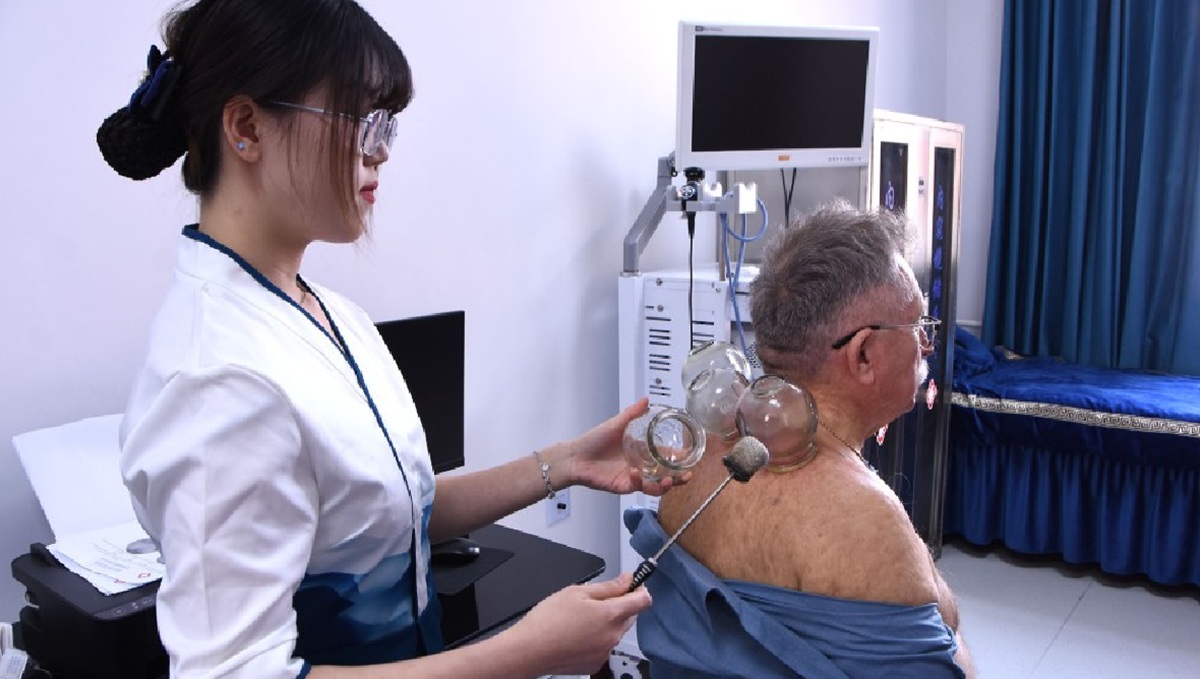
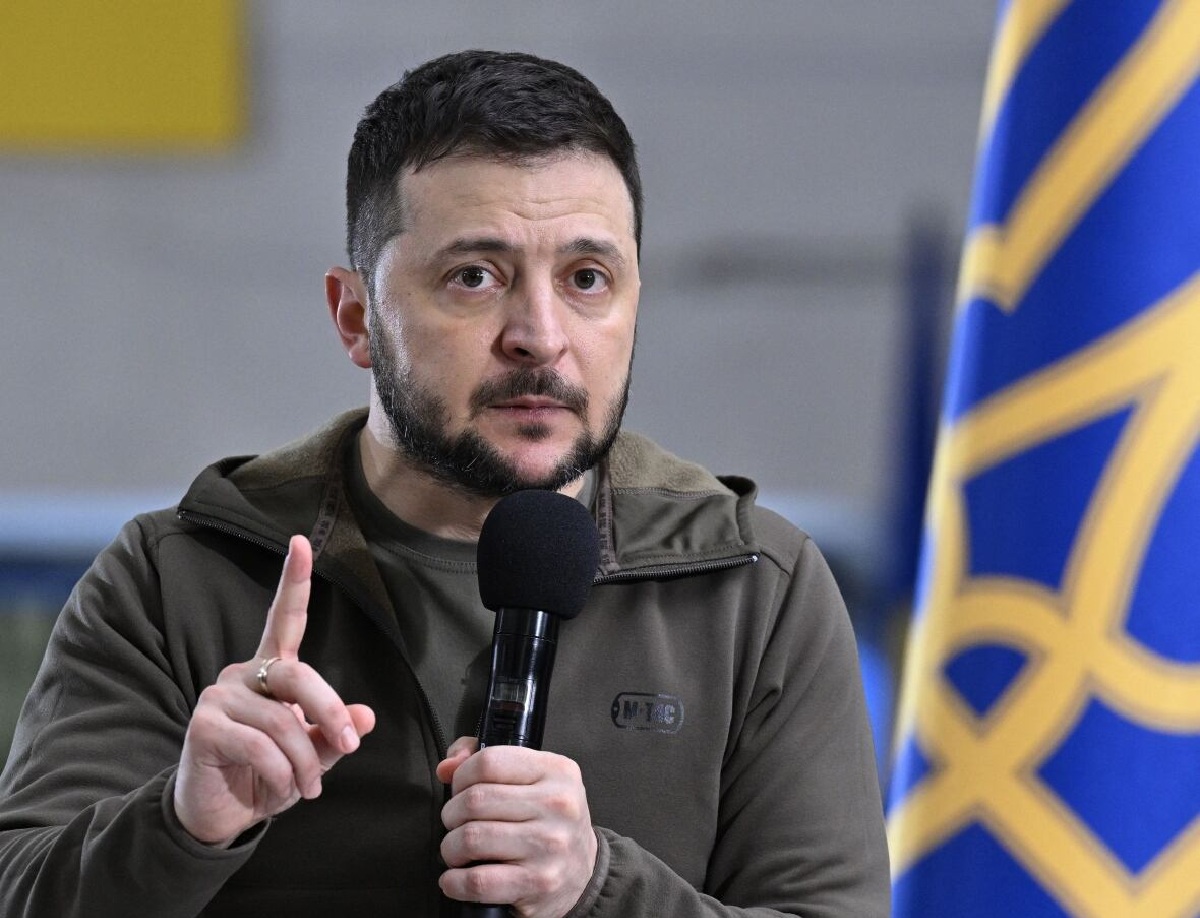

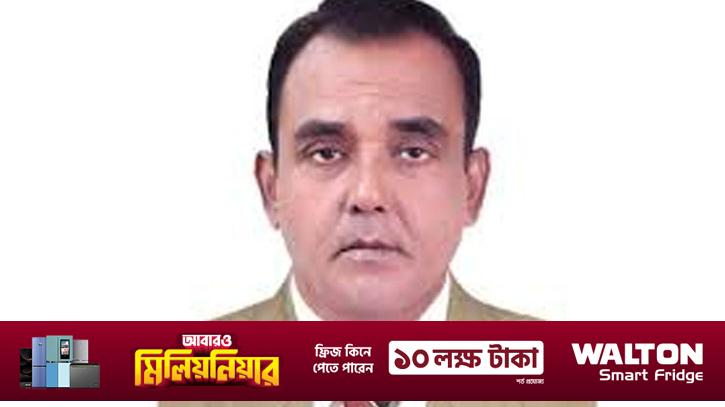

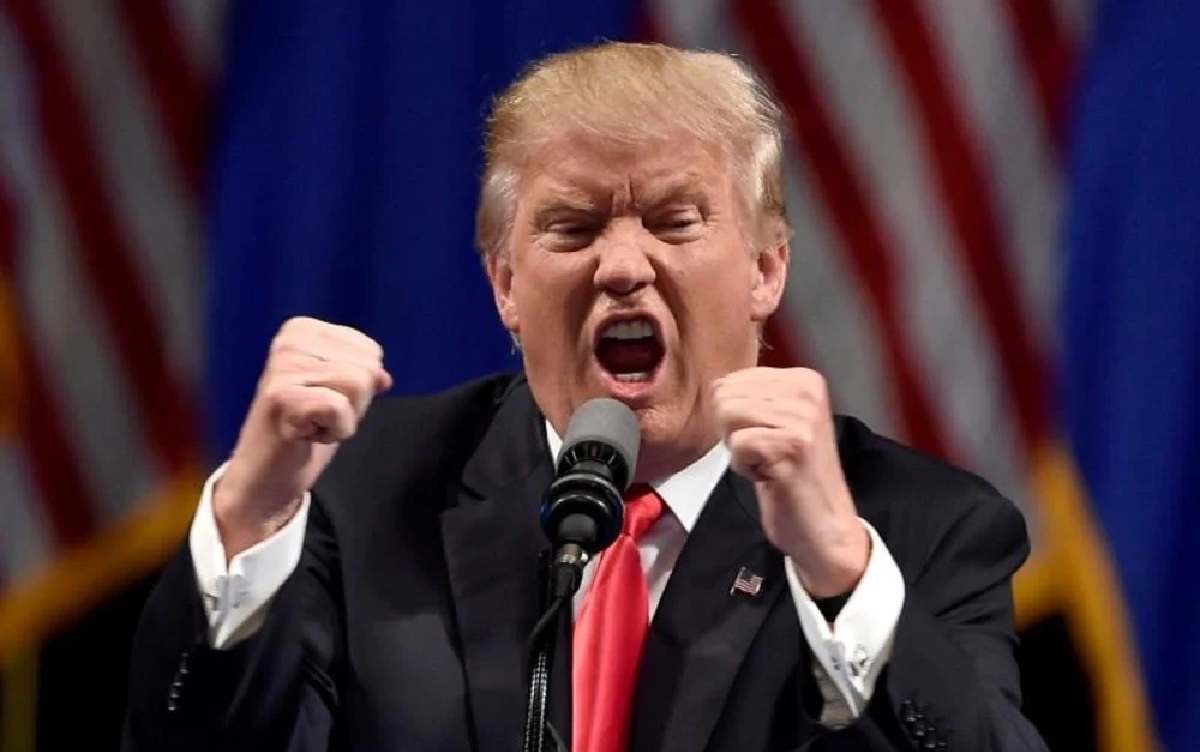
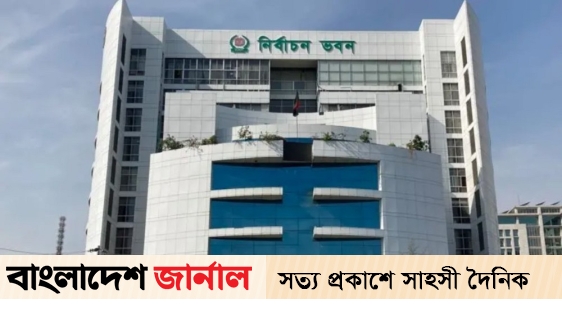
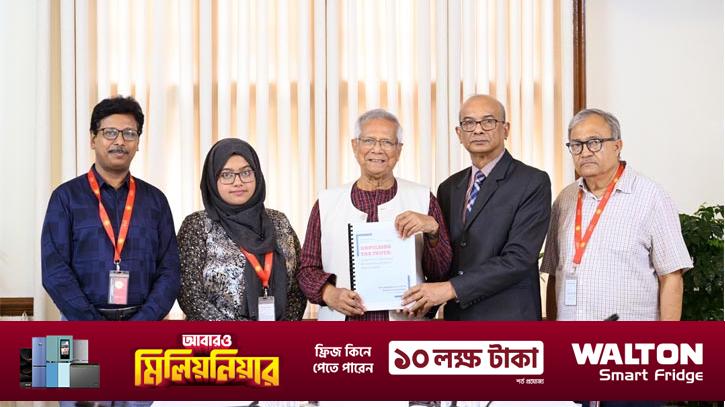
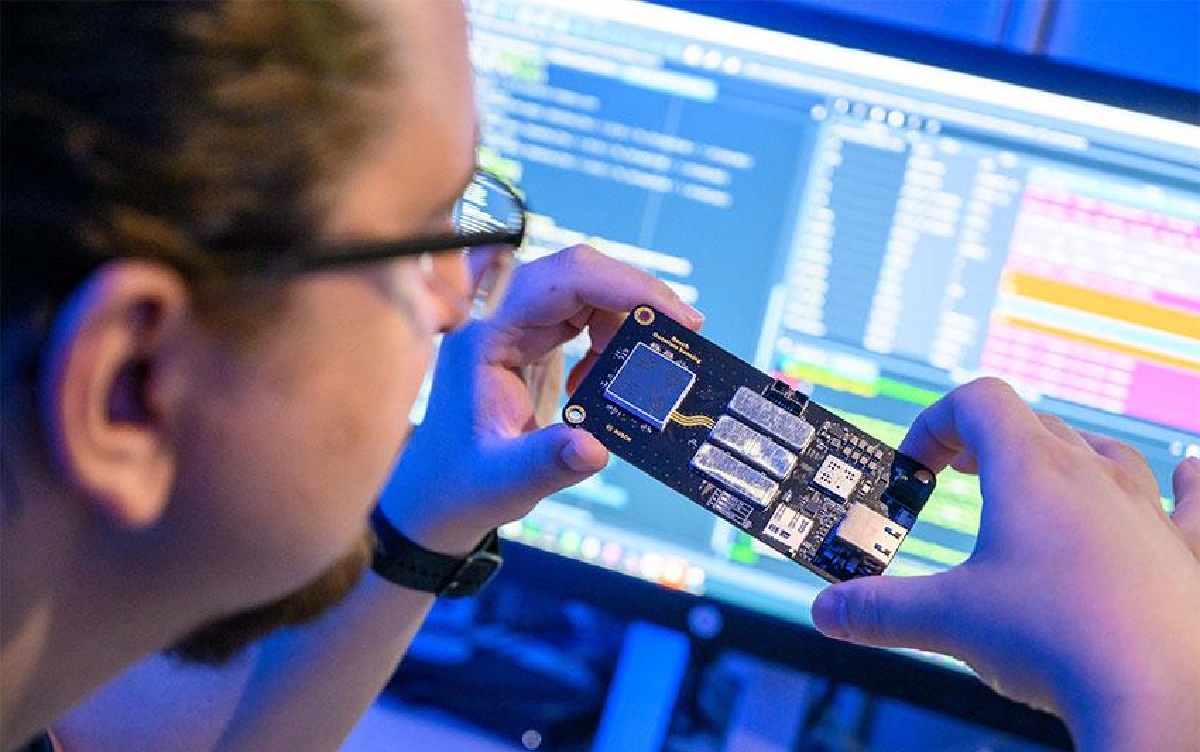
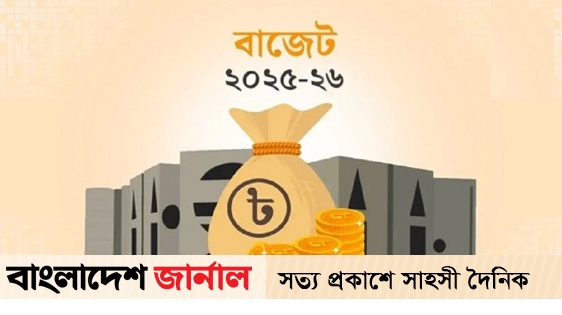

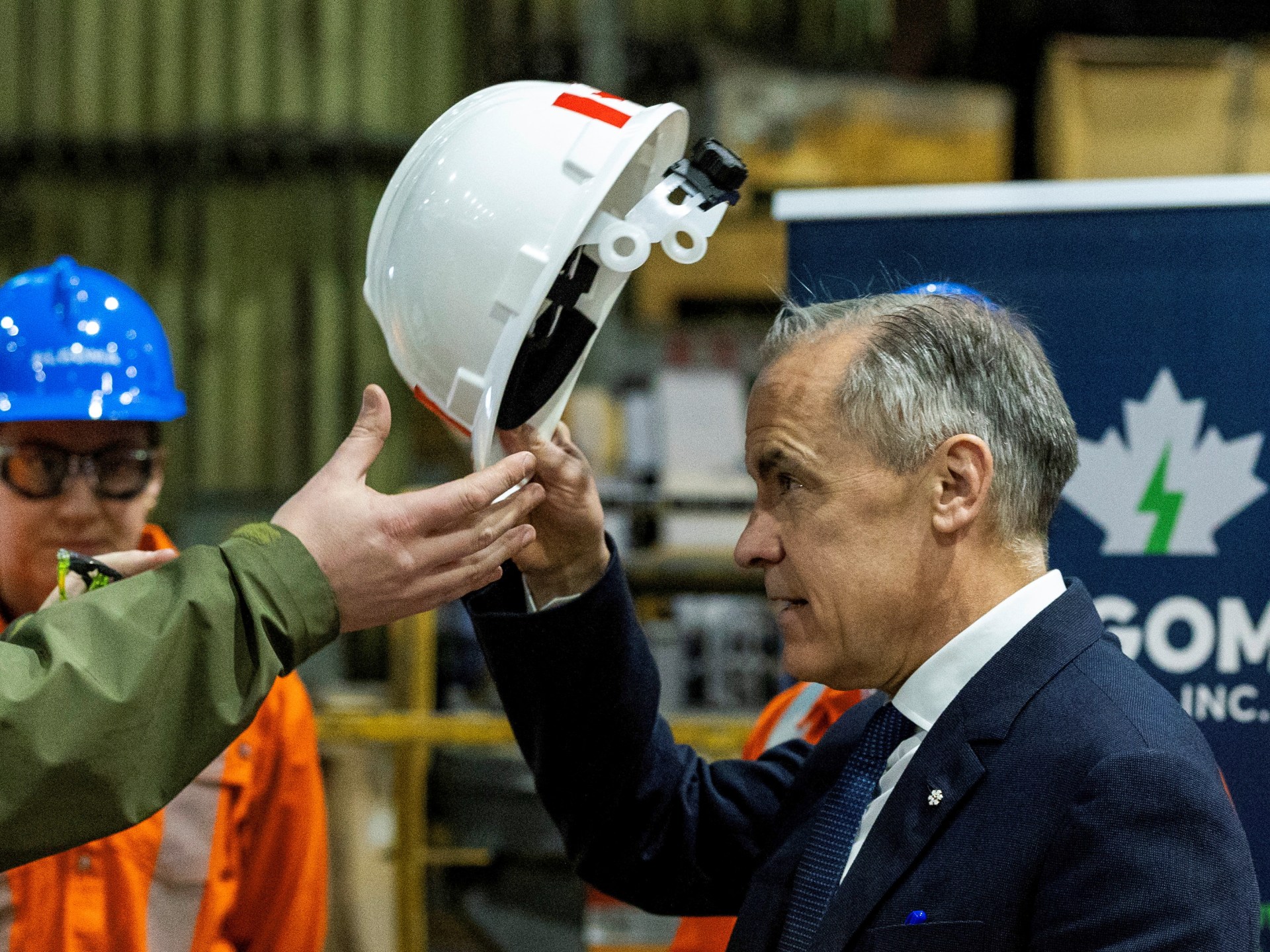
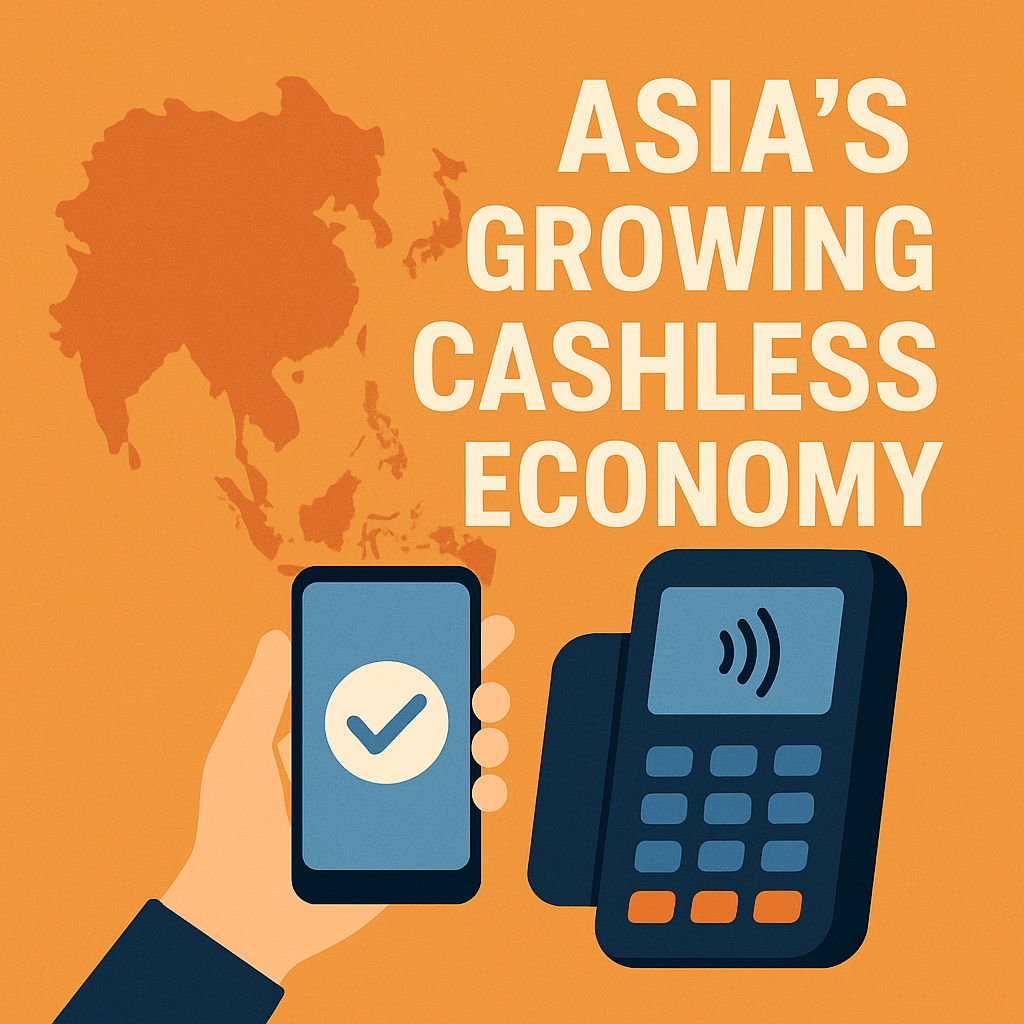
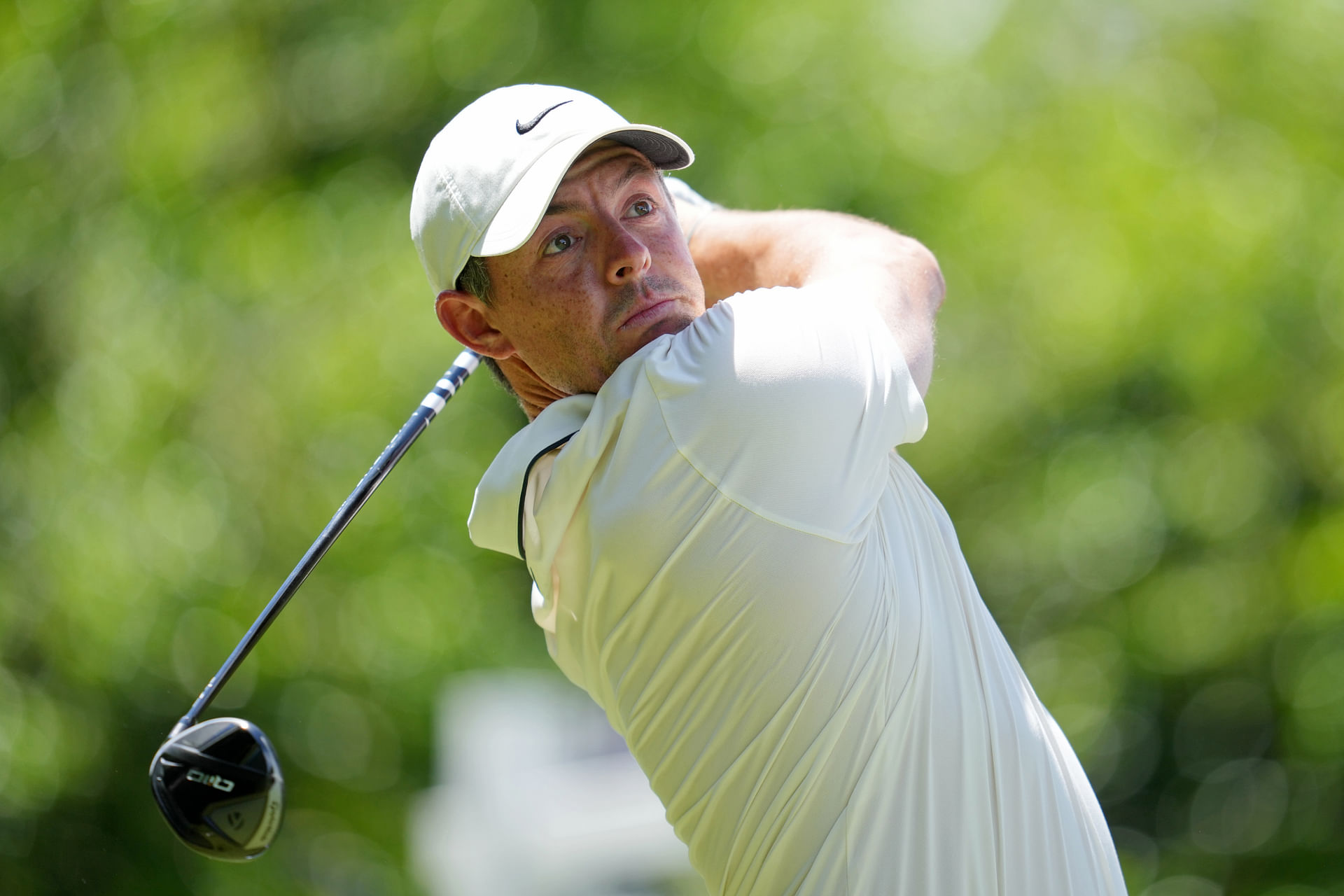
Leave a Reply